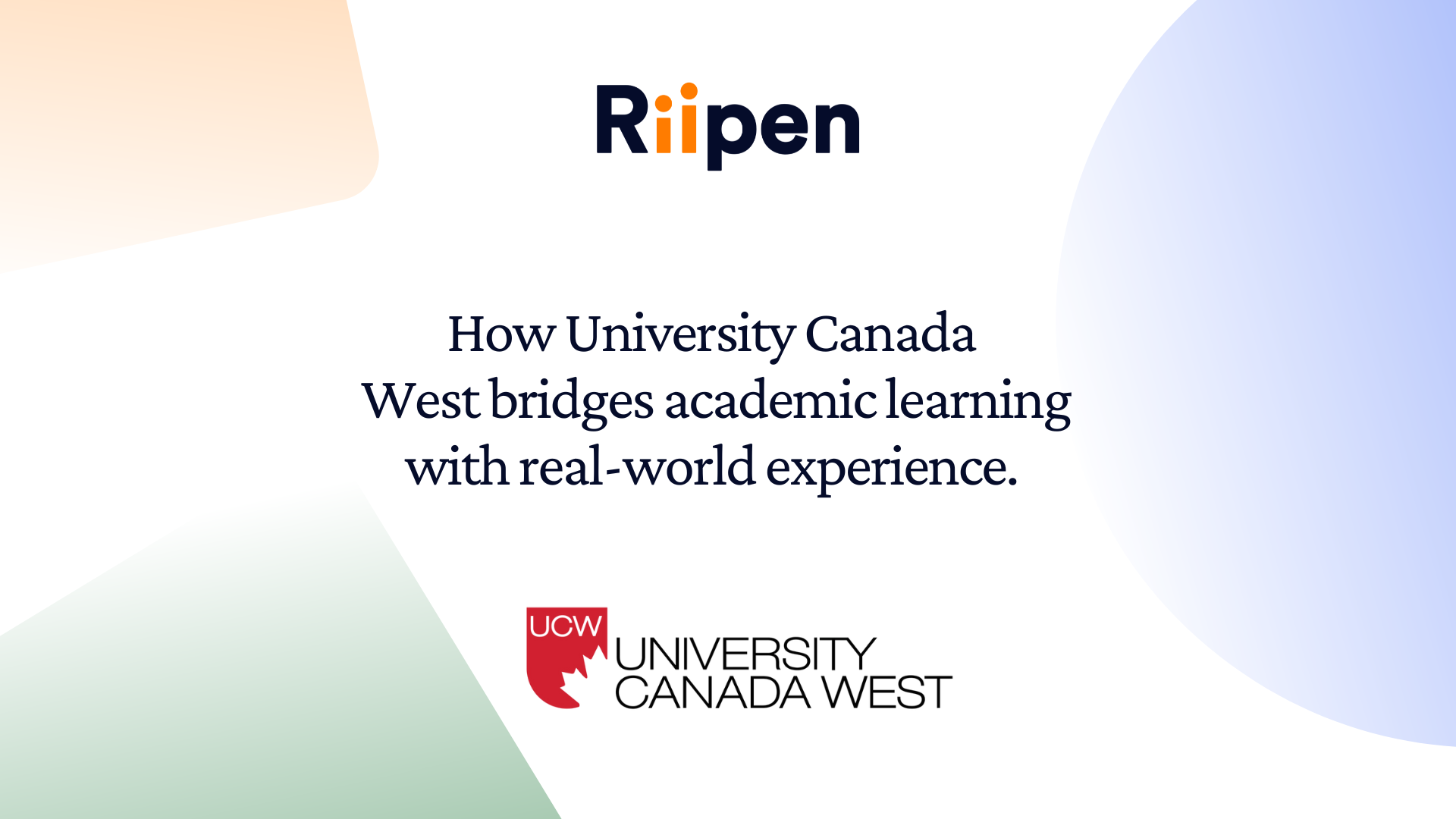Educator spotlight: Dr. Ruben Burga, Assistant Professor & Graduate Program Coordinator for MSc Management, Gordon S. Lang School of Business & Economics, University of Guelph.
.png)
Dr. Ruben Burga, Assistant Professor and Graduate Program Coordinator at the Lang School of Business & Economics at the University of Guelph, is a champion of experiential learning. Below, he shares his thoughts on the benefits of this approach and how he is integrating it into his undergraduate and graduate management courses.
Why is experiential learning meaningful?
I have 25-30 years of business-to-business (B2B) experience, so I see the value in experiential learning. It is the only way to push yourself out of your envelope of thinking academically and linearly to start thinking of creative solutions. There are no back-of-the-book answers for every situation in the real world, and case studies can be artificial. The only way a student will get better at solving real-world problems is by doing it.
How is Riipen helping you integrate experiential learning into your courses?
A professor recommended Riipen to me eight or nine years ago. I first used it in my Corporate Social Responsibility course, which has 150-400 students per term. My goal was to get the students to work in groups investigating actual clients, determining what they were doing, and recommending a strategy for improving their businesses using the principles of responsible management.
Depending on enrollment, I work with three to nine clients per term. I assign three to five groups to each client, so they get a variety of perspectives, and four to five students to each group.
I’ve brought some clients into the platform, but most of them came from Riipen. I use it to help find the right clients. It’s a shortcut for prospecting contacts because it matches you with clients, and you get a relatively quick response from them. The new AI compatibility score provides an even faster way to get a better match between the clients’ projects and my course objectives so students can begin working on projects sooner.
What are your students learning from real-world projects?
When students are exposed to real-life problems, they have to think critically and creatively. Textbooks don’t solve every problem, so students are pushed to look elsewhere for answers.
I ask clients to meet at least once with the students. After the client gives a little presentation, there’s a Q&A period, so students learn how to interview people and surface problems. Then, as they go through the actual experience, they learn to problem-solve. They also present their final report to their clients, and the clients critique the reports so they get feedback on their recommendations. I coach them throughout the process so students aren’t left by themselves trying to figure out what to do.
When the project is finished, I encourage students to put it on their resumes. It is workplace learning and should count as actual experience. If I were hiring a new employee, I would be much more excited about somebody who's actually spent time doing work-integrated learning than somebody who only went through academic courses.
Do you see any differences between your undergraduate and graduate students?
When it comes to experiential learning, the first difference is in engagement. Graduate students self-select into the course and are 95-100% engaged. However, some students only take the course at the undergraduate level because it is required. So, I have to mediate more when it comes to group projects to ensure students all participate and do their share of the work.
The second difference is that graduate students are more self-sufficient and depend less on me to feed them every little bit of information. On the flip side, undergraduates tend to come up with more creative solutions to client problems because they have no boundaries.
What would you tell a colleague about Riipen?
I’ve used it for three to five courses and matched fifteen to twenty clients. I'm a super user, and I encourage my colleagues to use it.
Book a chat with our team to discover how Riipen can help you integrate experiential learning into your courses.











.png)


















.png)







